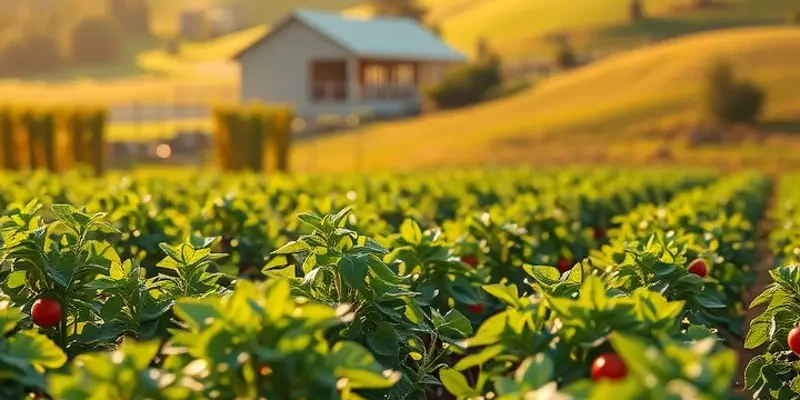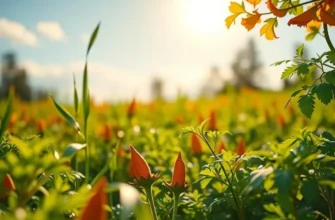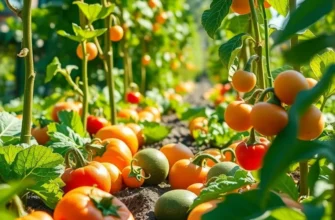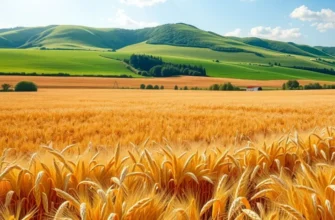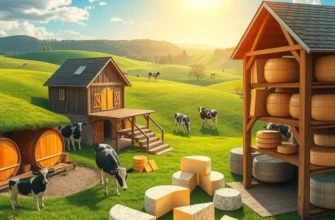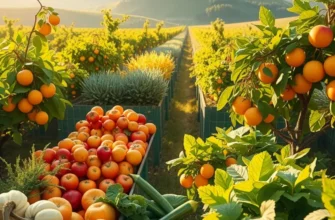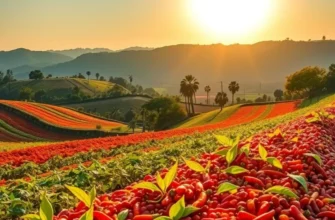Around the world, confections serve as more than just treats; they’re stories waiting to be tasted. Each bite encapsulates a nation’s history, traditions, and passions. From Persian halva to French macarons, these delectable delights offer a sweet passport into the heart of diverse cultures. Join us in exploring a variety of traditional confections, each with origins steeped in rich folklore and vibrant culinary practices.
Halva: A Tale of Sweetness from the Middle East
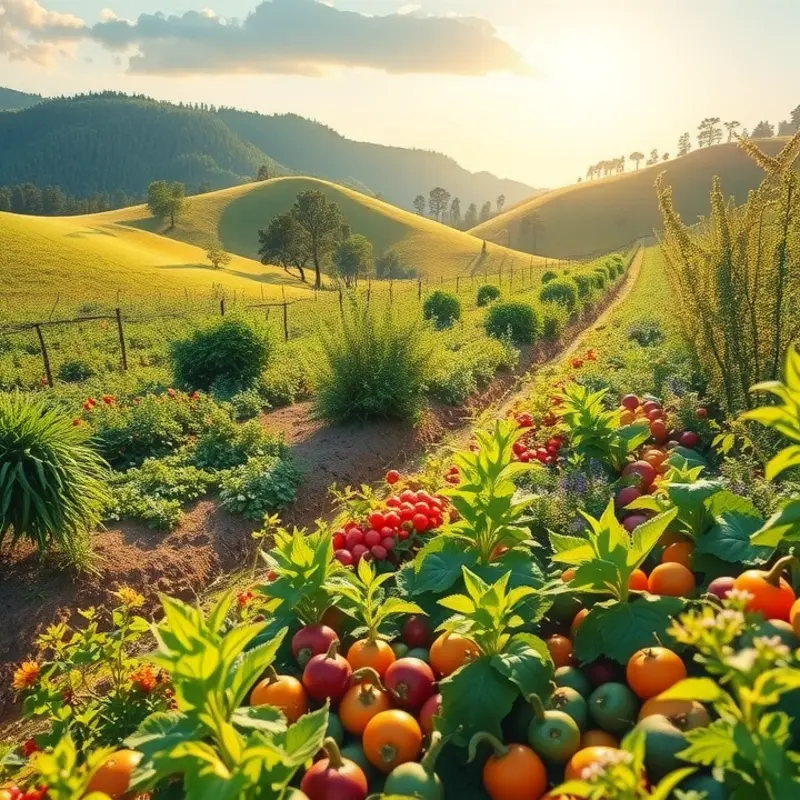
Halva, an emblem of culinary tradition, is a sweet treat that has traversed cultures and borders with its delectable variations. Originating in the Middle East, halva boasts a unique texture and flavor profile that captivates both locals and visitors. This confection is primarily categorized into two types: nut-based and flour-based, each bringing its own distinct taste and consistencies that are celebrated in different regions.
The nut-based halva, often made with sesame seeds (tahini), is a staple in countries like Iran and Turkey. Its rich, nutty taste is often enhanced with the addition of pistachios, almonds, or walnuts, creating a layered complexity of flavors. On the other hand, flour-based halvas, prevalent in countries like Greece and parts of the Levant, offer a smoother texture and are typically prepared using semolina or other grains. These varieties are cooked down with water and sugar syrup until they reach a firm yet tender consistency.
Halva’s popularity across numerous Middle Eastern countries is a testament to its cultural significance. It is a symbol of celebration and unity, often featured in religious and communal gatherings. During Eid and other festive occasions, sharing halva signifies goodwill and blessing, embodying the spirit of togetherness. Moreover, in Turkey, “helva” is traditionally prepared on Thursdays as a familial bond exercise or during bereavements as a gesture of solidarity and remembrance.
Regional variations of halva reveal the versatility of this sweet confection. For instance, in Greece, halva is often flavored with vanilla, chocolate, or even ouzo, complementing its mild sweetness with exciting new aromas. Iranian halva, known for its saffron and rosewater infusion, exudes a luxurious aroma, enhancing its taste with floral undertones. In Egypt, halawa, sometimes swirled with cocoa, retains the unforgiving sweetness that delights children and adults alike.
Essential ingredients in halva reflect the simplicity required to craft such an exquisite delight. Quality nuts and seeds ground into a paste form the base for nut-based halvas, while flour and ghee are central to most flour-based versions. For sweetening, honey or sugar is typically used, and warm spices like cinnamon and cardamom occasionally add a comforting depth of flavor.
Halva is also cherished for its nutritional benefits as it is rich in healthy fats and proteins, particularly when made from nuts and seeds. This aligns with global pastry traditions that harness the power of simple ingredients to create delicious and meaningful culinary experiences.
Serving customs vary, but halva is mostly enjoyed as a standalone dessert or alongside tea or coffee. In some areas, it is cut into thick slices, while in others, it is served scooped. Regardless of the presentation, the underlying warmth of inviting guests to share in the experience remains a constant facet across regions.
Thus, enjoying a slice of halva offers more than just a taste of sweetness; it provides a glimpse into the rich tapestry of Middle Eastern heritage and the universal language of sweets that weaves together diverse cultures.
Macarons: French Elegance in Every Bite

Macarons, the quintessential symbol of French elegance, have long captured the culinary imagination. These delicate meringue-based confections are crafted from ground almonds, sugar, and egg whites. Each macaron consists of two cookies sandwiched around a luscious filling. The texture is uniquely light, with a crispy exterior and a chewy interior, making every bite a luxurious delight.
The history of macarons is as rich as their flavors. Initially introduced to France by Italian chefs in the Renaissance, they gained prominence with the French royal court. Over time, the macaron evolved within French pâtisseries, becoming the sophisticated treat we relish today. Macarons gained worldwide fame, celebrated for their vibrant colors and endless flavor variations, from classic vanilla to bold matcha.
Creating the perfect macaron requires precision and patience, a testament to their sophisticated nature. The process begins by whipping egg whites into a firm meringue, a skillful act that demands experience to achieve the ideal texture. The ground almonds and sugar are folded into the meringue with care, ensuring each macaron achieves the right balance. Once piped onto baking sheets, the cookies must rest, allowing a “skin” to form. This crucial step gives them their distinctive smooth top and signature “feet” during baking.
Exploring the flavors of macarons is an adventure in itself. Pâtissiers have experimented with both traditional and avant-garde combinations, creating flavors that range from decadent chocolate ganache to refreshing lemon curd. These tiny confections invite culinary artisans to push boundaries, reflecting global influences and seasonal ingredients.
Pairing macarons with tea or coffee elevates the tasting experience, marrying flavors and aromas. A floral tea complements the delicate sweetness of rose-flavored macarons, while a robust espresso enhances the richness of chocolate variants. This art of pairing accentuates the sensory pleasure and has become a cherished ritual for many.
The macaron’s voyage beyond France has inspired an array of global variations. Countries like Japan have infused local flavors such as green tea, while American versions often embrace whimsical themes. A world tour of macarons reveals the adaptability and cultural exchanges inherent in their ongoing evolution.
In French cuisine, macarons hold a significant cultural place, often marking celebrations and special occasions. They embody the meticulous craftsmanship of French pastry-making, an art form respected globally. In many ways, the macaron’s journey mirrors France’s culinary influence across borders and generations.
Explore more about how global culinary influences shape traditional desserts at culinary influences and trade. This exploration adds depth to understanding how foods transcend cultural boundaries.
Whether presented as a gift or enjoyed with friends, macarons symbolize joy, indulgence, and the timeless elegance of French culture in its most delectable form.
Final words
Confections are more than mere desserts; they are cultural narratives etched in sugar and flavor. Exploring traditional candies like halva and macarons reveals how sweets connect us, each offering a glimpse into the values, traditions, and celebrations of their respective cultures. As we share these confections, we also share stories of joy, community, and heritage that transcend borders. So the next time you indulge in a confection, remember it’s not just a treat; it’s an invitation to experience a piece of the world.

